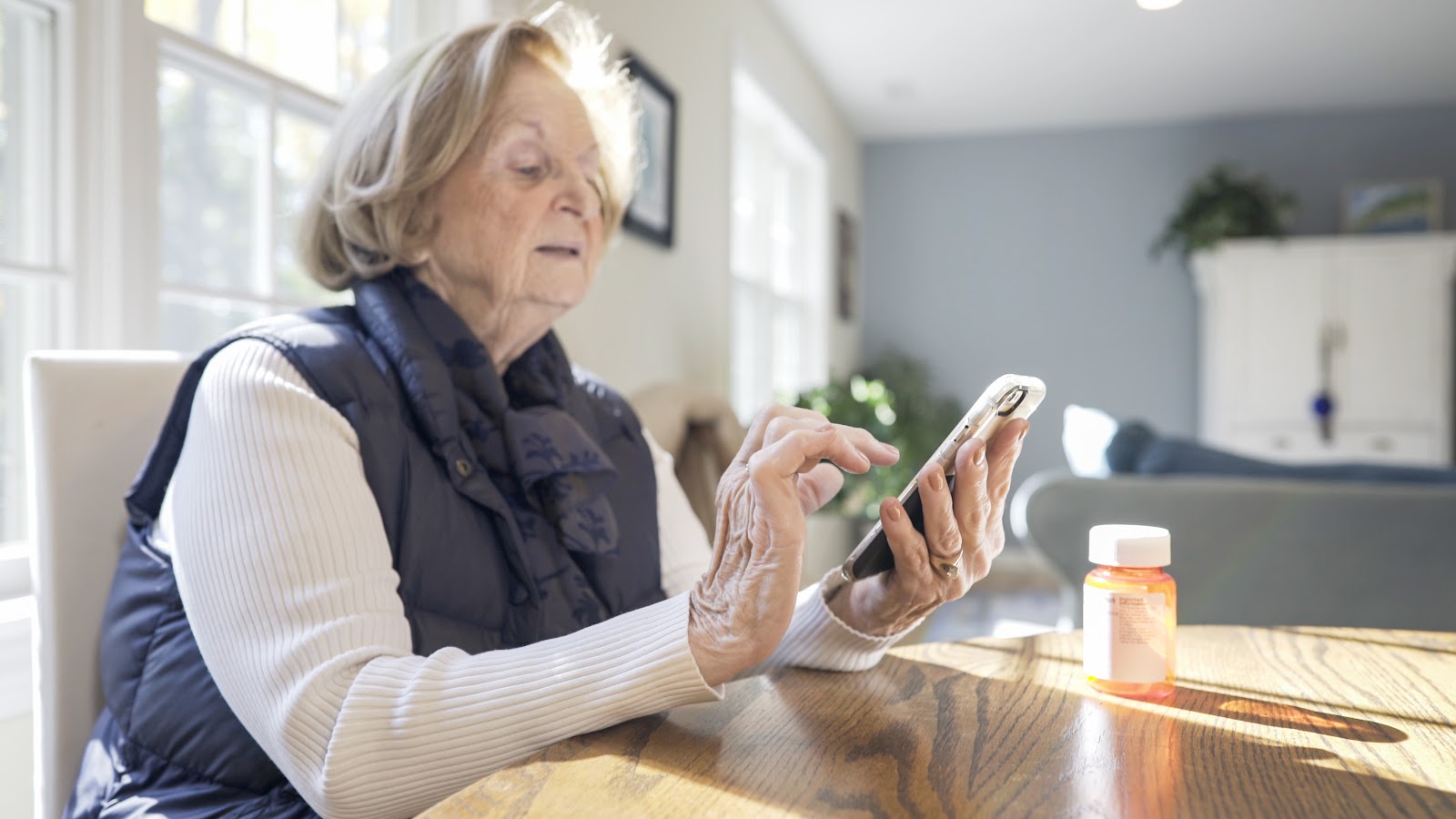In 2020, we saw countless changes to federal and state telehealth regulations—changes that expanded coverage and reimbursement, allowed providers to receive FCC grants for telehealth, waived state licensure requirements, expedited the FDA review process, and more. These changes quickly and fundamentally altered how providers, payers, and patients interact and leverage telehealth and remote patient monitoring. One thing is certain, nearly all promoted the use of telehealth to shift more healthcare into the home environment.
The FCC COVID-19 Telehealth Program
In March 2020, the Federal Communications Commission (FCC) launched the COVID-19 Telehealth Program, a program “appropriated by Congress as part of the Coronavirus Aid, Relief, and Economic Security (CARES) Act, to help health care providers provide connected care services to patients at their homes or mobile locations in response to the COVID-19 pandemic.” The program awarded $200 million in funding to healthcare organizations to provide connected care services to patients. In July, the FCC announced the final set of recipients, bringing the total list to over 500 US health systems and providers across 47 states. The funding opened the doors for telehealth and remote patient monitoring for many who otherwise would not have been able to offer the services.
Part 2 of the COVID-19 Telehealth Program is In the Works
In December 2020, the FCC received $250 million through the signing of the Consolidated Appropriations Act of 2021 which will expand the program to award more providers with the resources necessary to offer telehealth services. The FCC has sought comments on next steps and the COVID-19 Telehealth Program was one of the 3 topics discussed at the FCC’s February 17th Open Meeting. Now, we await news on when the second round will begin.
What does this mean?
This is big news for providers across the country. On a high level, this means that more healthcare providers will receive grant funding to offer their patients access to telehealth and remote patient monitoring services.
Over 20 HRS partners launched their telehealth and remote patient monitoring programs through grants received by the FCC. These programs accomplished many important goals including:
-
Diverting patients from the emergency department
-
Shortening hospital length of stay
-
Decreasing readmissions
-
Screening and monitoring for COVID-19 symptoms
-
Reducing social isolation and loneliness
-
Offering access to specialists
-
Reducing the barrier of geography
HRS partners embraced, and continue to leverage telehealth tools included in the HRS platform such as virtual visits, text and chat features, bluetooth biometric monitoring, symptom surveys, medication reminders, education modules, wound imaging, and more, to achieve the goals outlined above.
Remote Patient Monitoring & Telehealth Programs from Washington State to Washington D.C.
In the state of Michigan, Michigan Medicine was awarded $650K in funding to expand their video visits capability to enable patients to receive the care they need at home and reduce exposure, and to enhance home monitoring for high risk COVID-19 patients. Metro Health received $900K in funding to expand their hospital at home program by purchasing additional telehealth equipment to “allow MetroHealth providers to care for COVID-19 patients and vulnerable/high-risk non-COVID-19 patients remotely in the patient’s home via live video telehealth exams. Patients receive a daily video visit with a physician and are called twice a day by a nurse to review their symptoms and concerns.”
In Washington state, Providence Health+Services was awarded over $800K in funding to provide patients with connected COVID-19 kits that include tablets, Bluetooth thermometers, blood pressure monitors, and pulse oximeters, as well as connected stethoscopes. In Washington D.C., MedStar Health was awarded nearly $1 million for their telehealth program, much of which was allocated towards remote patient monitoring services, and in New Jersey, Atlantic Health received $499,800 for a remote monitoring subscription service to provide at-home care for patients with diabetes, who are “vulnerable to poor outcomes if infected with COVID-19.”
HRS partners who launched their programs in 2020 continue to innovate and provide the highest possible quality of care to their patients through telehealth. Many are expanding their programs to assist with COVID-recovery, while others are building sustainable hospital to home and chronic care management programs that will improve care and lower costs in the long-term.

Remote Patient Monitoring Isn’t Just Having a Moment
In 2020, thousands of patients were enrolled in HRS telehealth programs. HRS partners continue to extend care into the home for a variety of patient populations including chronic care, post surgical, orthopedics, pediatrics, oncology, behavioral health, COVID-19, and many more.
With a new round of the COVID-19 Telehealth Program, 2021 is poised to be another year of rapid growth in telehealth and remote patient monitoring.
Want to learn more about what HRS partners are doing with their grants, or how you can extend telehealth and remote patient monitoring to your patient populations? Request a conversation with our team, here.
